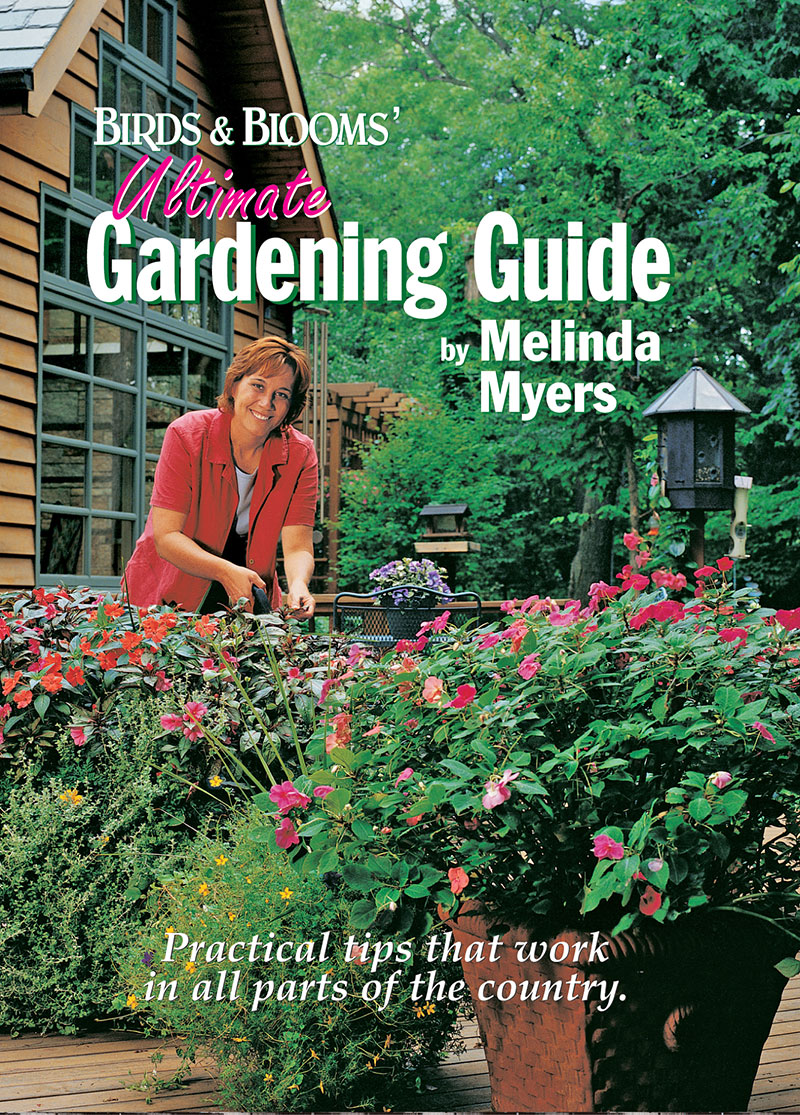Managing Snow and Ice Damage on Trees and Shrubs
Heavy snow and ice can wreak havoc on our landscapes. Proper handling of storm damaged plants can help minimize long-term damage.
Don’t shake heavy snow and ice off limbs of trees and shrubs. You’ll probably cause more damage than Mother Nature. Instead wait for the storm to pass.
Contact a certified arborist for help with large pruning, repair and removal jobs. They have the training and equipment to do the job safely.
Chinese and Siberian elms, silver maples, poplars and willows are among the most commonly damaged trees. Their weak wood and narrow crotch angles are subject to wind, ice and snow damage. Split trunks and branches can be cabled and braced by professionals. It’s expensive and you may decide it is more economical to replace than repair the tree.
Smaller uprooted trees can be uprighted and secured with stakes and guy wires. Make sure at least 1/3 to ½ of the roots are still intact.
A bit more information: Bark may rip when large branches break away from the tree. Carefully trim away loose bark in the shape of an ellipse, being careful not to damage the trunk. And do not apply pruning paints. Research has found wound treatments do not reduce pest problems and can slow down wound recovery. Oaks are the exception. Pruning paints can help prevent the bark beetle from spreading oak wilt disease.
Prevent storm damage by working with a certified arborist to properly prune and care for trees. Then money invested in on-going tree care can save you money, property damage and your trees.
Related

Audio
Categories
Upcoming Live Events
& Webinars
April 27, 2024
Ridges & Rivers Book Festival
Viroqua, WI
Register now
April 28, 2024
Flowering Trees and Shrubs
Ebert's Greenhouse Village, Ixonia, WI
May 1, 2024
FREE WEBINAR
Ornamental Fruits and Vegetables
Register now
May 4, 2024
Garden U 2024
New Richmond, WI
Register now
May 9, 2024
FREE WEBINAR
How to Plant Your Rain Garden
Register now
May 11, 2024
Ask The Plant Doctor Q & A
Ebert's Greenhouse Village, Ixonia, WI
May 12, 2024
Ask The Plant Doctor Q & A
Ebert's Greenhouse Village, Ixonia, WI
May 18, 2024
Ask The Plant Doctor Q & A
Ebert's Greenhouse Village, Ixonia, WI
June 1, 2024
Selecting, Planting, Pruning and Caring for Hydrangeas
Ebert's Greenhouse Village, Ixonia, WI
June 5, 2024
FREE WEBINAR
Under-Appreciated Pollinators
Register now
WATCH ON-DEMAND WEBINARS
Learn More

















